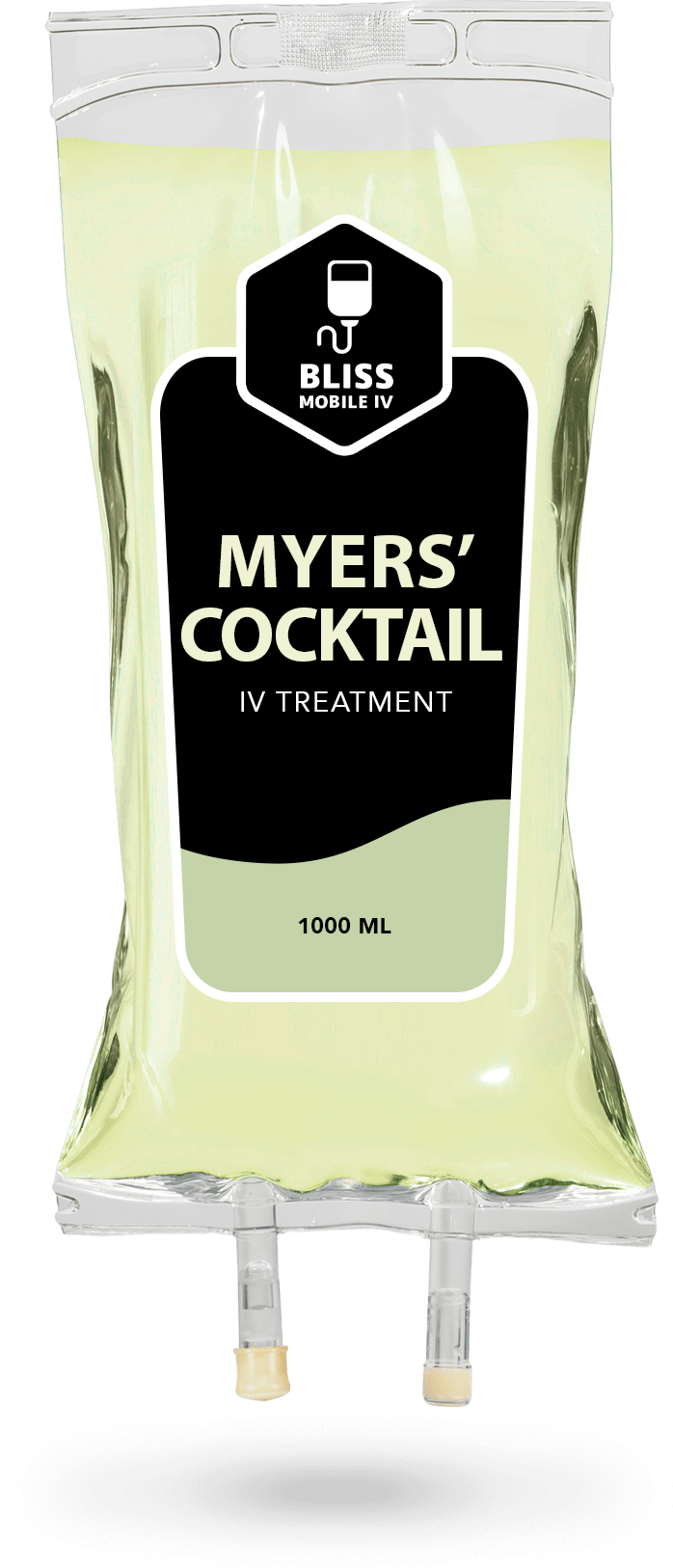Hydration Support for Pneumonia Recovery
When you're battling pneumonia, have you ever considered how crucial hydration might be to your recovery? What if something as simple as receiving intravenous (IV) fluids could significantly impact your path to wellness?
Pneumonia, an inflammatory condition of the lungs primarily caused by infections, is one of the leading causes of illness worldwide. While antibiotics and other medications are often the first line of defense, supportive care plays a vital role in a patient's recovery process. Proper hydration can combat symptoms, improve lung function, and promote overall healing. With the advances in medical treatments, IV fluids have emerged as a pivotal component in treating this serious condition.
In this article, we will explore the vital role of IV fluids in managing pneumonia. From maintaining optimal hydration levels to facilitating better medication absorption and expediting recovery, IV fluids can offer a lifeline to those grappling with this debilitating illness. Discover how this supportive treatment can complement conventional therapies and make a significant difference in patient outcomes.
The Physiological Crisis of Fluid Depletion
The intense inflammatory response to pneumonia creates a perfect storm for severe fluid deficit. Understanding the magnitude of this challenge underscores why oral fluids alone are often insufficient.
Insensible Fluid Loss and Metabolic Stress
The body's natural defense mechanism raises the core temperature, leading to fever. This hypermetabolic state significantly increases insensible fluid loss—water evaporated through the skin (sweating) and through the respiratory tract. When the lungs are compromised by pneumonia, the patient’s breathing rate, or tachypnoea, increases to compensate for reduced gas exchange, further accelerating fluid evaporation. A prolonged fever can lead to the loss of several liters of fluid over 24 to 48 hours, rapidly compromising the patient’s fluid status.
Moreover, the illness often brings severe fatigue and symptoms like coughing and nausea, making the consistent consumption of oral fluids nearly impossible. This rapid, uncompensated loss leads to hypovolemia (reduced blood volume), which compromises blood circulation and tissue perfusion. Organs, already stressed by the infection, begin to suffer from reduced oxygen and nutrient delivery. This immediate crisis requires precise and aggressive fluid revival.
The Delicate Balance of Electrolytes and Serum Sodium
The challenge extends beyond mere water volume; it involves the intricate electrolyte levels. In lower respiratory tract infections, the body often releases excessive amounts of Antidiuretic Hormone (ADH). If a patient suffering from volume depletion and high ADH attempts to rehydrate solely with water or hypotonic fluids, they risk developing hyponatremia(dangerously low serum sodium). This serious complication can cause lethargy, confusion, and even seizures, masquerading as a worsening of the infection itself.
Therefore, fluid management must be carefully balanced. It is not about simply pouring in water, but about infusing precise intravenous fluids to restore fluid balance without diluting the existing electrolytes. This precision requires medical training, reinforcing the need for care from Licensed Healthcare Professionals.
How Do IV Fluids Stabilize a Patient?
For patients experiencing severe symptoms—such as persistent hypotension (low Blood pressure) or signs of poor perfusion—immediate IV intervention moves from simple hydration to fluid resuscitation.
Protocols and Crystalloid Solutions
Major professional bodies, including the Infectious Diseases Society of America (IDSA) and the American Thoracic Society (ATS), provide guidelines for managing patients with acute pneumonia. These protocols emphasize the use of isotonic crystalloid solutions for initial fluid resuscitation to quickly restore circulating volume.
The typical agents used for this fluid therapy are:
- Normal Saline A 0.9% solution of sodium chloride in sterile water. It is isotonic, meaning it does not cause cells to swell or shrink, making it an excellent choice for immediate volume expansion.
- Lactated Ringer's Solution A balanced crystalloid that contains sodium, chloride, potassium, and calcium. Its composition is closer to that of the body's plasma, which some clinicians prefer for correcting severe electrolyte derangements.
In a clinical setting, particularly if a patient develops septic shock (life-threatening low blood pressure due to infection), this prompt delivery of IV fluid is a core, life-saving intervention aimed at supporting perfusion and stabilizing vital signsbefore definitive antibiotic therapy can take full effect.
The Balancing Act Avoiding Fluid Overload
While the need for intravenous fluids is often urgent, administering them requires extreme caution. Aggressive fluid administration is a known risk factor for compromising respiratory function and must be meticulously avoided, particularly in vulnerable groups.
Risk of Compromised Respiratory Function
The danger of fluid overload is significant. When the circulatory system is overwhelmed, excess fluid can leak out of the blood vessels and accumulate in the lungs, leading to pulmonary edema. For a patient whose lungs are already fighting pneumonia, adding fluid makes breathing extremely difficult and often precipitates the need for mechanical ventilation. This is a major factor driving the complexity of fluid management in both community-acquired pneumonia and hospital-acquired pneumonia.
Tailored Fluid Status Monitoring
The guidelines stress continuous monitoring of the patient’s fluid status—including vital signs, clinical examination (checking for pulmonary or peripheral oedema), and lab work (like electrolyte levels). Older or frail patients, and those with underlying cardiac or renal issues, require a more restrictive fluid management approach. The expertise of a trained clinician is not just in starting the IV, but in correctly calculating the fluid deficit and administering the appropriate volume at the appropriate rate to achieve fluid balance without causing harm.
The Bliss Mobile IV Home Advantage
For many patients recovering from community-acquired pneumonia, the severity is high enough to cause debilitating dehydration and fatigue, yet low enough that an ICU admission is not necessary. It is this critical middle ground where mobile IV IV Therapy provides immense value.
Preventing Hospital Escalation
The ability to receive medically supervised intravenous fluids at home prevents the patient from having to endure a stressful trip to the emergency department simply to correct fluid deficit and manage dehydration-related fatigue. Avoiding the hospital environment reduces exposure to other pathogens and conserves the patient's severely limited energy reserves. This immediate and convenient access to hydration is a crucial factor in supporting the treatment planand improving compliance with oral medications.
Nutrient Support for Accelerated Healing
The supportive care model of Bliss Mobile IV extends beyond saline and electrolytes. During an acute illness, nutrient stores are rapidly depleted. By augmenting the crystalloid solution with targeted micronutrients, the recovery process is actively supported:
- Boosting Immunity: High doses of Vitamin C and Zinc, found in the Immune Support packages, provide the raw materials needed by the immune system.
- Fighting Fatigue: Energy and Focus blends containing B vitamins help restore metabolic function depleted by the hypermetabolic state of infection.
- Symptom Relief: Targeted medications can manage vomiting or nausea, ensuring the patient can adhere to the oral antibiotic therapy without distress. This is essential, as the integrity of the treatment plan relies on taking medications as prescribed.
Bliss Mobile IV’s Professional Protocol
Every IV fluid session delivered by Bliss Mobile IV adheres to a stringent safety protocol designed to align with best practices for fluid management in a home setting.
- Initial Assessment: A detailed history is taken, focusing on the patient’s current fluid status, recent fluid losses, and any comorbidities (heart/kidney disease) that impact fluid balance and the risk of fluid overload.
- Protocol Selection: The Licensed Healthcare Professionals select the appropriate crystalloid solutions (e.g., normal saline or a balanced alternative) and calculate the volume and rate required to correct the fluid deficitsafely.
- Monitored Infusion: Throughout the process, the patient's vital signs are monitored. The professional is trained to recognize subtle signs of fluid mismanagement, ensuring the infusion remains within the safe therapeutic window.
- Symptom Integration: The chosen IV fluid is customized with Add-Ons to manage the specific distressing symptoms of the patient's Cold & Flu-like illness, providing targeted relief for symptoms like dehydration and nausea.
- Aftercare: Post-infusion, clear instructions are provided on oral fluid intake and monitoring for any subsequent changes in fluid status.
The decision to use intravenous fluids at home is a responsible, proactive choice that supports the body's massive effort to fight infection. It directly addresses the critical need for hydration and electrolyte balance that acute illness demands, allowing the patient to focus their energy on healing.
Conclusion
The body’s response to pneumonia is demanding, marked by inevitable fluid losses that can derail even the most compliant treatment plan. IV fluid support, delivered safely and professionally at home, is an essential tool for supportive care, ensuring the body has the resources needed to fight, recover, and avoid escalating to urgent care. By correcting dehydration, restoring electrolyte levels, and delivering nutrients that boost the immune system, mobile IV therapy from Bliss Mobile IV helps maintain vital stability. Taking proactive control of fluid management ensures the best possible environment for a full and swift recovery.








